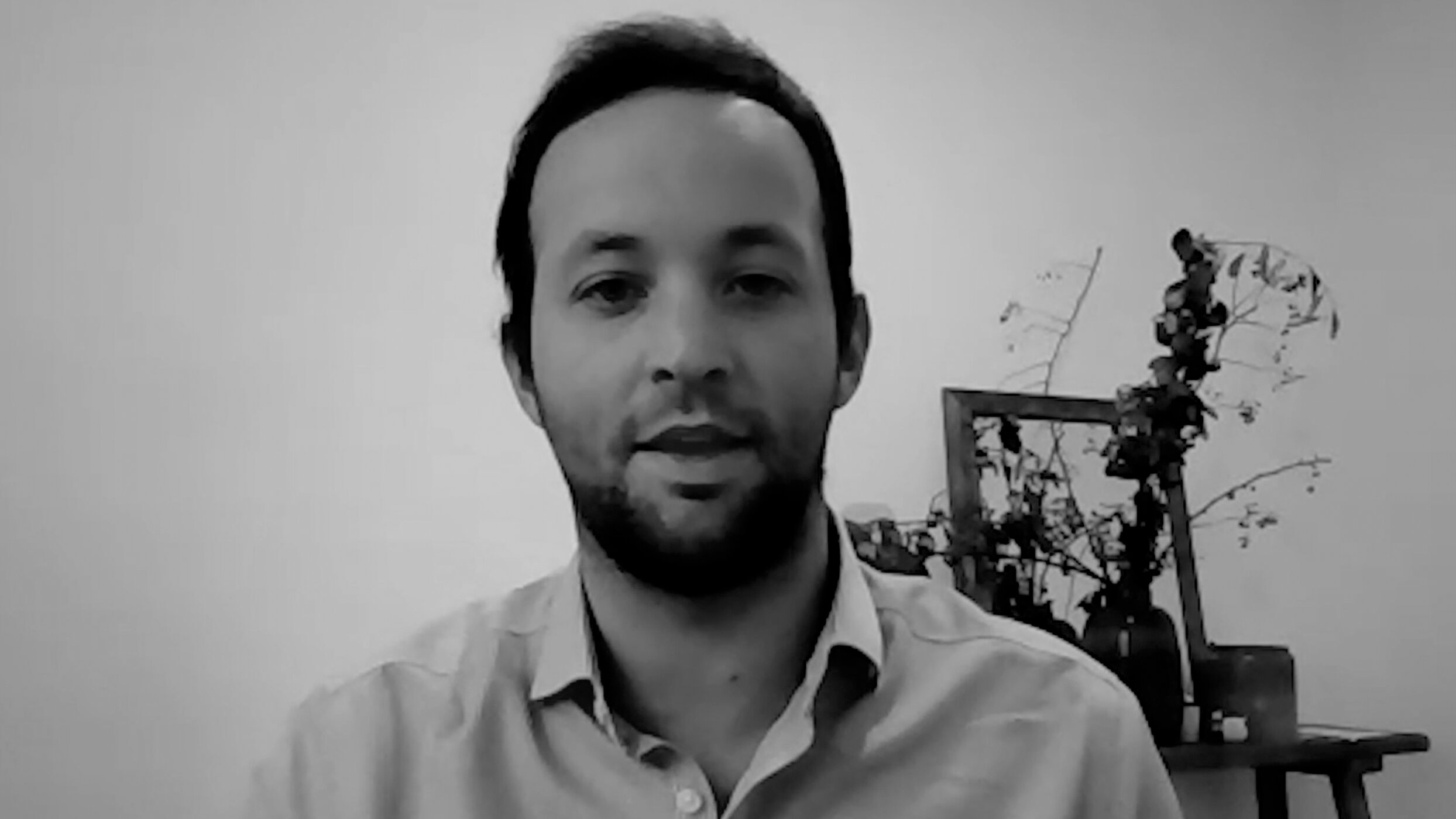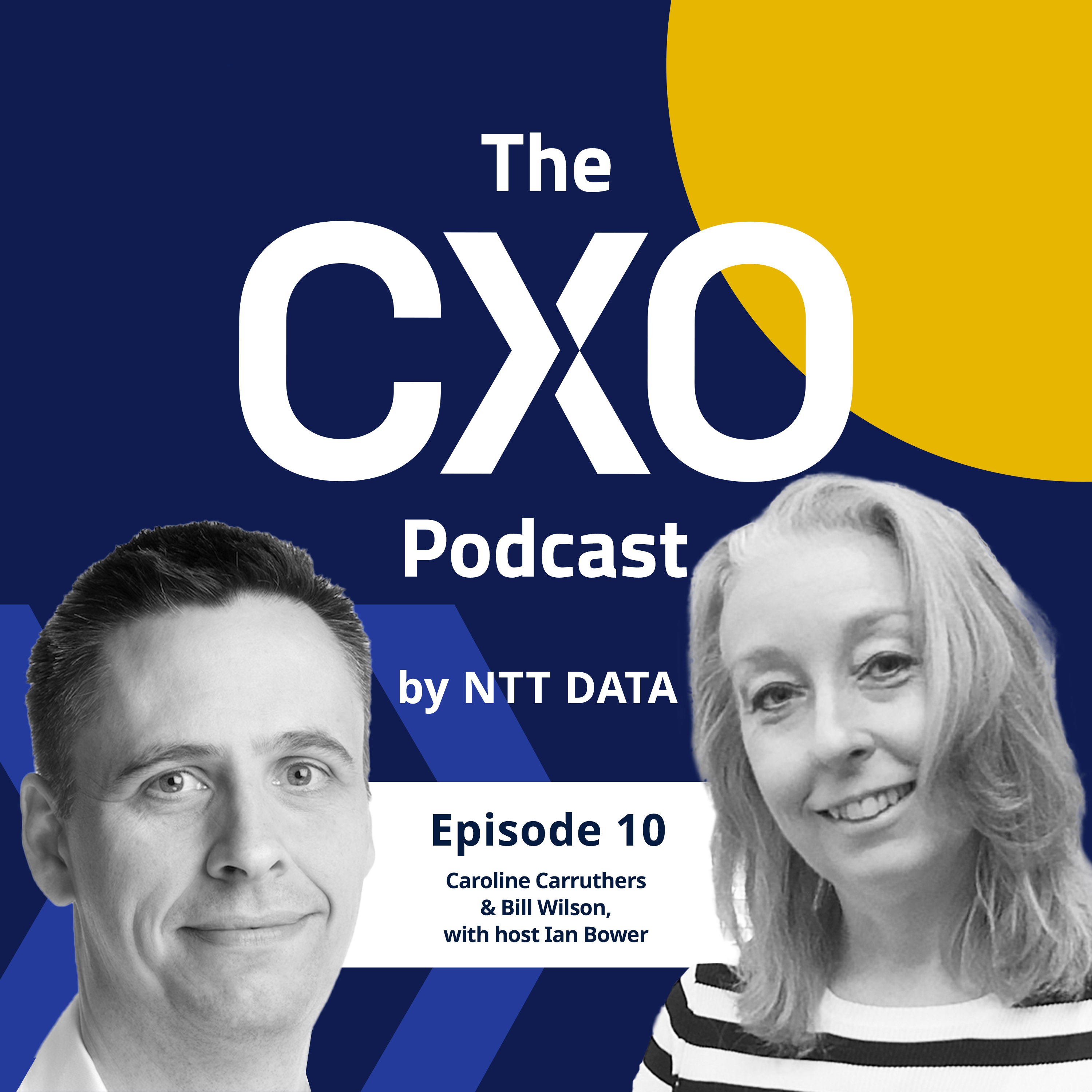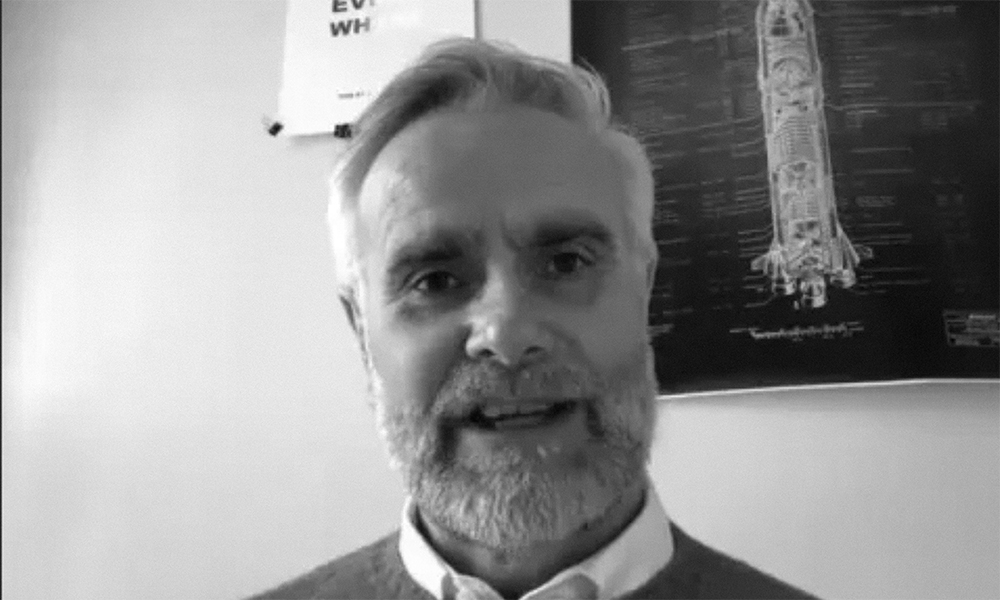
Our research into business leaders’ digital strategies, the Innovation Index, captured the zeitgeist of the modern organization in four simple words: people hold the key. Technology is the amplifier, but it is people who ultimately have a positive impact on the success of an organization, shaping its growth, performance and connections, and redefining its potential for innovation. To truly revolutionize how an organization can drive its potential – both human and technology – and fully realize the value of its data, it needs to focus on four key anchor points: know your people, invest in the right skills, follow the money, and move towards the future.
These four strategic imperatives are the foundations of an organization that has the agility and flexibility to pivot within uncertainty, and to shift from being disrupted to doing the disrupting.
1. Know your people
Disruption and change are commonplace in the market, and this means that your workforce is likely to be shifting as well. You may think you know your talent and their skills, but do you really have clear visibility into the skillsets that reside within your organization? Do you really know your people? Advances in human capital data and its uses mean organizations can stop the guessing games played for so long and truly know their people.
If we use the analogy of the human body, data and technology make up the nervous system, processes are the blood, and people are the beating heart of the organization.
If we use the analogy of the human body, data and technology make up the nervous system, processes are the blood, and people are the beating heart of the organization. To thrive as a business, people, processes and technology have to be aligned with one another, and support the execution of the organization’s strategic goals. This means you have to know who your people are, what they need and can do for the business, and where their skills are being put to use – or not. Until recently, most data gathered by the organization was targeted at key metric areas such as finance, process efficiency, and the like. Now we’re using data to measure the human experience and to better understand human capital – to make decisions that increase employee engagement, thus increasing the satisfaction and stickiness of customers.
Disruption and innovation are not just present in the marketplace, they are also present in our environments and social structures. The workforce of today, and certainly the workforce for tomorrow, wants different things from careers. Better leveraging your human capital data can help you create career paths and journeys that matter to employees and even attract them to your organization. That same data can help you create a strong and meaningful connection to purpose – a critical driver in employee satisfaction and stickiness. In times of disruption, this focus on the human elements of your business can decrease attrition, while increasing productivity and innovation. At a time when staff retention levels are poor and people are seeking companies that give them a sense of connection and personal growth, data can fundamentally shift how your employees perceive your organization and their role within it. Use the data to understand people’s skillsets, to better deploy them in roles that empower them and to help them achieve their goals.
Know your people – because without the heart, the business dies.
2. Invest in the right skills
As the world changes around us and as change occurs inside our organizations, it’s not enough to know what people can do. We also have to teach them what they’ll need to know to thrive tomorrow. In many cases, we may also need to teach them the skills they need to succeed today.
When we all have access to the same amazing technologies, it’s how and where we apply them that puts us either in the disruptor’s chair, or at the back of the room watching it happen.
Advanced technologies create a specific and unique skill challenge. Where once supervisor and manager skills were focused on accelerating production, today they are much more likely to be addressing exceptions to standardized and automated processes and working with employees who demand more from their employer than a paycheck. In the last few decades, we’ve focused almost exclusively on teaching technical skills, and have pulled investment away from the innately human skills that give a company its competitive advantage in the marketplace. A renewed focus on leadership skills, empathy, critical thinking and strategic planning will drive success in the marketplace. When we all have access to the same amazing technologies, it’s how and where we apply them that puts us either in the disruptor’s chair, or at the back of the room watching it happen.
Grow your people’s skills – because without a strong heart, the business grows weak.
3. Follow the money
When your organization has experienced extended periods of profitability and growth, it is easy to fall into the trap of thinking how you operate today is how you will always operate. Marketplace disruption has a wonderful way of disabusing you of that notion! Products that were once highly profitable can become losers almost overnight due to competitive pressures and supply chain challenges. Conversely, products you once gave little thought to could be contributing handsomely to the bottom line. Digging deep into your organizational and operational processes on a consistent basis through the intentional use of your business data can help you see – ahead of time if you do it right – where things are working and where they are not.
Data will allow you to keep a close eye on your business, providing you with critical insights into products, services and markets and how these are impacting your bottom line. Data ensures that you know which products and services are profitable, which ones are trending, and which are costing the company money.
Data will allow you to keep a close eye on your business, providing you with critical insights into products, services and markets and how these are impacting your bottom line. Data ensures that you know which products and services are profitable, which ones are trending, and which are costing the company money. Using data, you can further unpack the value of your investments into specific services and materials, ensuring that your resources are optimized so you can consistently keep costs at the right levels. Data helps you to find the friction points so you are better informed around how to mitigate them. However, it is important to remember that data without people won’t get you very far. It’s people who decide what data to capture and how to use it. It’s people who get AI and machine learning off to their starts and ensure they head in the right and ethical directions. And its people who make decisions by interpreting and applying the data they have.
Pay attention to the nervous system of your business – or you may lose touch with its heart.
4. Move towards the future
“I skate to where the puck is going, not where it has been.” – Wayne Gretzky.
Many of us have heard the cautionary tale of the buggy whip manufacturer who couldn’t see that Ford’s creation of the car would pretty quickly destroy their business. You cannot rest on your laurels and think that the business you had yesterday is the one you will have tomorrow. The economy, marketplaces and innovation move seemingly at the speed of light, and those who don’t look forward through Ford’s windshield to plan for the disruption of the future are doomed to be relegated to the past.
We have access to more data than we have ever had to evaluate nascent trends in our industries, look for shifts of cost within organizations and across borders, and to identify and take advantage of anomalies or weaknesses in the marketplace. You want to be the business that can capture the niche or exploit the challenge, and thereby grow and evolve in fresh markets, leveraging new opportunities.
Ask the right questions
Here, to prevent disruption and instead become the disruptor, you need to use your data to find out the answers to these critical questions, among others:
- Have we shifted the cost of resources?
- Where is the money?
- Where are the friction points in terms of driving profitability in a specific area or product?
- Where are things accelerating?
- How can we generate a slower product differently so it can become the next killer solution?
- Where are we dragging and where are we lifting and why?
It is a consistent iteration of the ‘who, what, why’ that asks the business to assess, reassess and apply its learnings across every touchpoint. It’s critical for the organization to look out the windshield instead of the rearview mirror.
It all starts with the data and how well you collect it, analyze it and use it to inform your decision-making. Again, the human element is central to the success of this process – artificial intelligence (AI), machine learning and technologies are only as good as the people who create and implement them, so if you want to find the puck, you need to put your people at the forefront of your data collection and analysis.
It all starts with the data, but it ends with your people.


































